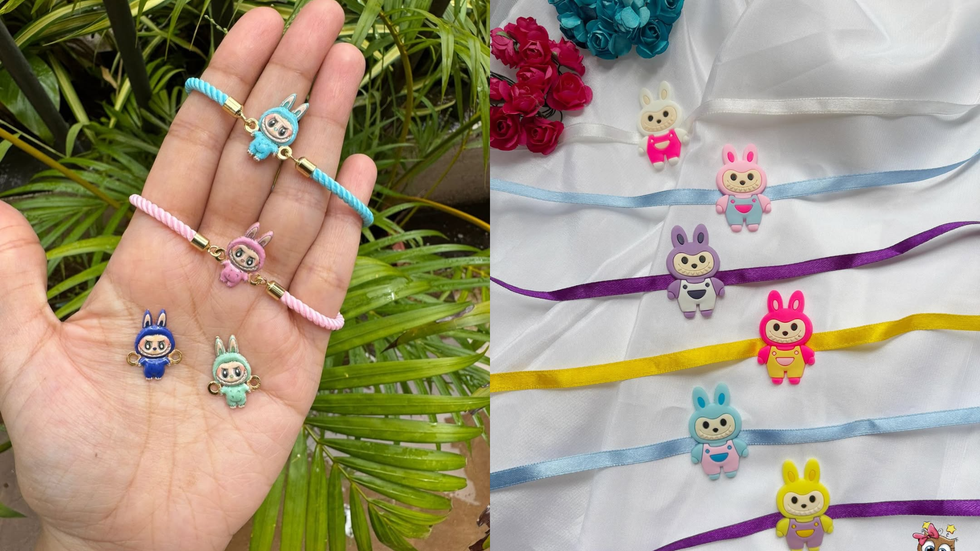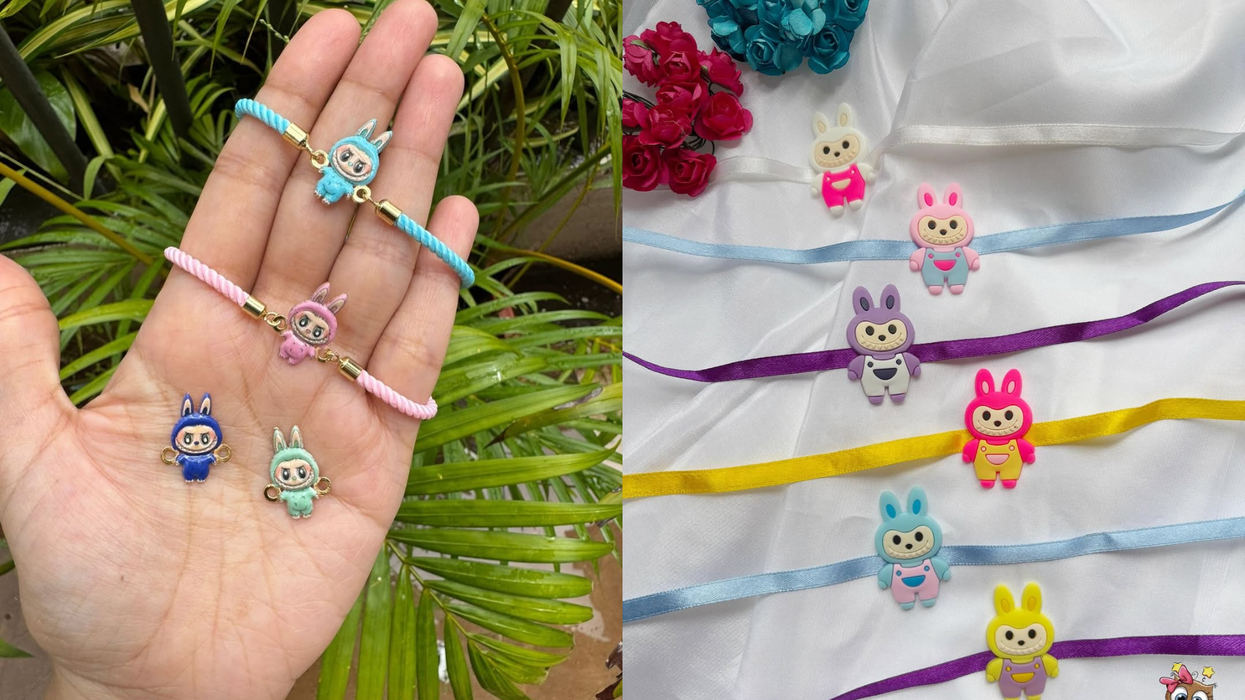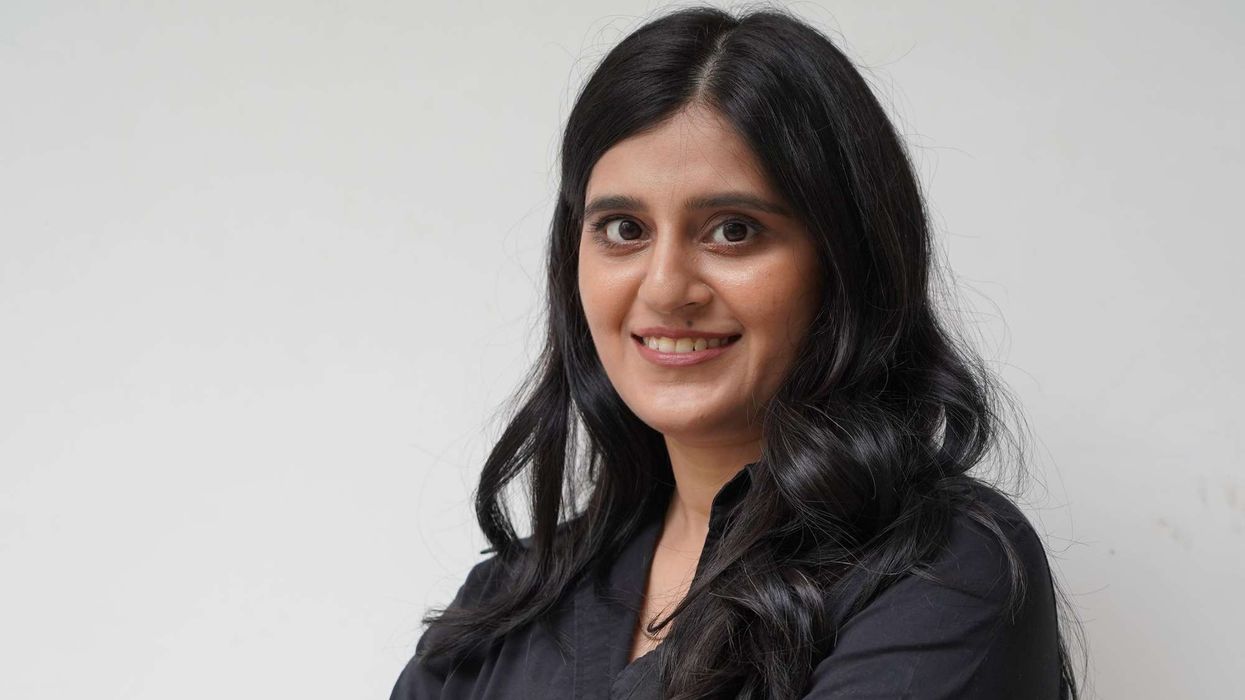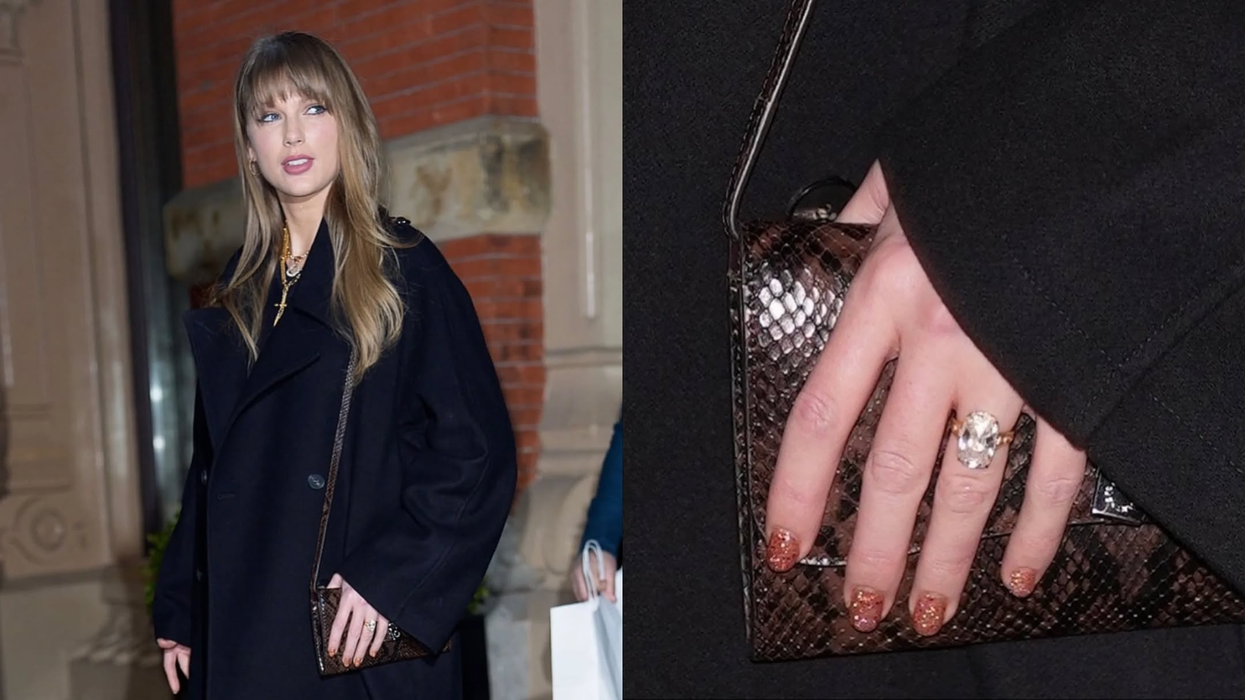Highlights:
- Labubu rakhis and lumbas are outselling other novelty designs in India and gaining traction among British Asian buyers.
- UK toy retailer The Entertainer is now stocking official Labubu dolls; over 100,000 fake units have been seized by UK Border Force.
- Indian rakhi prices range from £0.38 (₹40) to £5.70 (₹600); Labubu collectibles in the UK cost £13.50–£211 (₹1,420–₹22,200).
- Social media tag #LabubuRakhi is trending as pop culture blends with festive traditions.
Raksha Bandhan 2025 has taken a pop culture twist. Labubu-themed rakhis and lumbas are selling out in Indian markets from Delhi to Mumbai, with demand also emerging among British Asians. Known for its quirky charm, the Labubu character is now part of festive shopping lists, combining modern collectibles with the festival’s traditional ties.

Why Labubu rakhis are selling out in India
In Delhi and Mumbai, market vendors say Labubu designs, especially lilac versions, are among the fastest sellers this season. Personalisation has boosted sales further, with customers requesting custom name tags. Online seller Nidhi Gupta admits she didn’t anticipate such high demand, while designer Richa Raj Shah confirms, “Lilac Labubu rakhis are leading the trend.” Families are also buying Labubu lumbas for sisters-in-law, often pairing them with small gift items.
Labubu collectibles in UK stores and the counterfeit problem
The Entertainer, a major UK toy chain, has begun stocking genuine Labubu dolls, giving British shoppers direct access without overseas shipping. But the craze has also brought a rise in counterfeit imports. UK Border Force has seized over 100,000 fake Labubu dolls, some with hazardous flammable materials. Buyers are being advised to check packaging details, QR codes, and official retailer listings before purchasing.
Traditional rakhis still hold their ground
Despite the buzz around Labubu, traditional rakhis remain a strong choice for many households. Ganpati motifs, rudraksh beads, evil-eye charms, and thewa work continue to appeal to shoppers who value handmade artistry. Prices for these range from £0.38 (₹40) for simple threads to £5.70 (₹600) for ornate bhaiya-bhabhi sets. Mumbai resident Preety Gada says, “The handmade ones feel more personal and meaningful.”
Raksha Bandhan 2025: Tradition meets trend
This year’s Raksha Bandhan falls on Saturday, 9 August, with shubh muhurat timings observed in both India and diaspora communities abroad. The surge in Labubu rakhi sales reflects a wider shift in festive shopping, where global pop culture merges seamlessly with age-old customs, attracting both young collectors and tradition-focused families.













